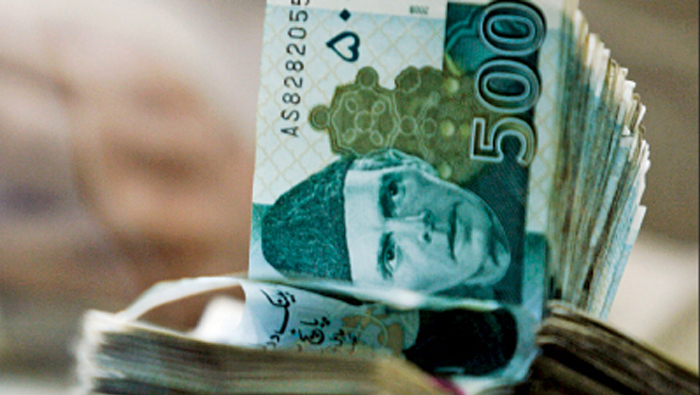
Muscat: Pakistani nationals in Oman who wish to remit money home can take advantage of the higher exchange rate, which currently hovers around PKR430 for a single Omani Rial.
The currency has been dropping in value, explained Philip Koshy, the general manager of Modern Exchange, a remittance house in Oman, because of higher demand for dollars in Pakistan, which in turn has brought down the values of local currency.
“Because of the demand for dollars, the trend of the Pakistani Rupee has been to decline in value, from PKR424 to PKR428 per Omani Rial, so I am not surprised it has reached the 430 mark and beyond,” he said. “We do not expect it, however, to go to about PKR440 per Omani Rial – we have accordingly provided rates around the above range.”
As of Sunday, September 19, exchange houses provided rates between PKR426 and 428 per Omani Rial. Because of this drop, exchange houses in Oman see more customers coming to them during such times to send more money to their homeland.
“Another issue that might have affected the PKR’s value is the new budgeting of the government, which calls for more investment both offshore and internally,” said Koshy. “The market is therefore hungry for dollar currency. Furthermore, whenever any country has a trade deficit, they need to balance that by buying dollars, which once again brings down the value of a currency. Because of all these developments, we are expecting a good volume of Pakistani nationals to come in and remit money.”
According to online currency converter XE, one Omani Rial was valued at nearly PKR437. Ramanuj Venkatesh, a financial analyst in Oman, said currency fluctuations are dependent on three major factors: demand and supply, growth of a local economy, and exchange rate differences.
“In terms of demand and supply, if a country needs certain resources, it needs to make sure it has funds readily available to afford them,” he explained. “Here, you need to see the strength of the currency, and how much demand it finds. If there is more demand for a currency, its exchange rate will be affected positively. This therefore affects currency fluctuations over time.”
“A country’s gross domestic product, inflation, and economic principles also affect a currency. More inflation means more risks to a currency. If a country experiences higher inflation, its currency is at more risk to fluctuations. There has to be a balance in all of these factors,” he added.